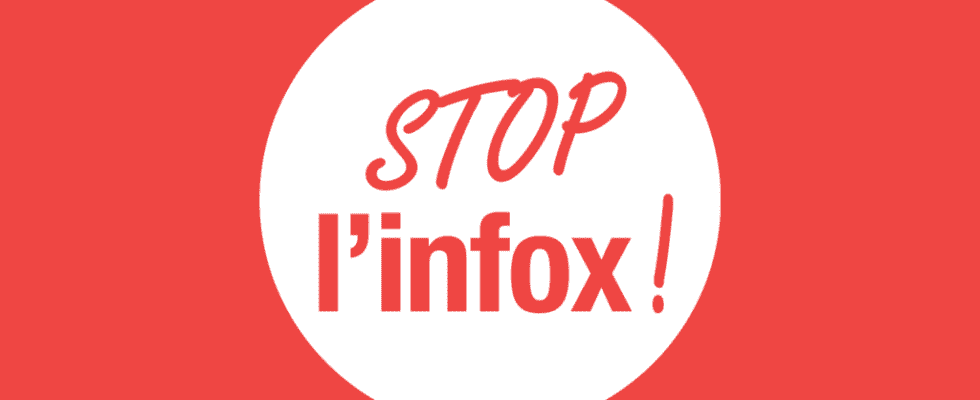Several fact-checking initiatives saw the light of day in 2021. This is the case with online media Fact & Furious. Recently, the site almost went out of business before being saved by its community. Proof for one of its co-founders, Antoine Daoust, that the public needs this verification work more than ever.
Since its creation in February 2021, Fact & Furious offers for free fact-checking articles, surveys and videos with one objective: to fight against disinformation. But this work comes at a cost and the revenue generated by advertising is not enough to run copywriting. The media then launches a call for donations on November 25 and collects more than 15,000 euros. The participation of Internet users is essential for the site’s survival, affirms its co-founder Antoine Daoust:
“Today, information is expensive and it is often difficult to make a living from this profession. In July, we applied for a scholarship to the Ministry of Culture, which refused. So we really depend on the generosity of Internet users. It is for them that we are there and it is thanks to them. “
Opposite to fact-checking, disinformation is easy to produce. It also benefits from a digital environment that is favorable to it to accumulate clicks and advertising revenue.
“We like to say that the lie takes the elevator and that the truth takes the stairs. Recent studies have shown that it takes about 18 hours for information to be verified. In addition, infox will generate many more interactions on social networks, and therefore advertising displays. “
Cognitive biases
The other major difference between infox propagators and those who track it down is the methodology. When some seek to consolidate their bias, others seek, on the contrary, to get rid of it in order to stick to the facts. Antoine Daoust explains that it is important to start your work without a priori.
“Our approach consists above all in showing that the information presented to us is true. At the base, there is always a rational doubt. We do not immediately seek to demonstrate that this is false. Once we have looked for whether it is true and if it is false, we put all of this in the balance which generally only leans on one side. “
This whole process takes time. Take as an example one of the recent topics covered by Fact & Furious on a video claiming that vaccinated people emit a bluetooth signal, even after their death. Antoine Daoust first engages in a precise analysis of what appears in the image. Then, he calls on a microelectronics engineer to get an expert’s opinion. This explains that it is technically impossible and is based on very complete technical documents. An analysis of the post’s author’s profile shows that she herself follows conspiratorial sites. If this last indication does not lead to a conclusion on the veracity of the information, it corroborates the technical demonstration.
[Fact-Checking]
❌No, “injected” and deceased people do not emit a Bluetooth signal.
And aren’t digitally tattooed either!thanks to @dexsilicon for his analysishttps://t.co/q9Ar73oA6B
– Fact & Furious (@Fact_N_Furious) December 16, 2021
Prevent rather than cure
If this work can come to the aid of Internet users in search of truth, the followers of conspiracy theories, locked in their bubble, are generally not very sensitive to it, as affirms Antoine Daoust.
“It’s complicated to get people out of the misinformation. What makes us happy is to receive messages from people who explain to us that thanks to our fact-checking work, they have not fallen into disinformation. “
the fact-checking, as the practice Fact & Furious, responds to an increasingly pressing need, in particular due to the speed of circulation of infoxes on social networks. It is also, in the end, a return to the fundamentals of journalism.
